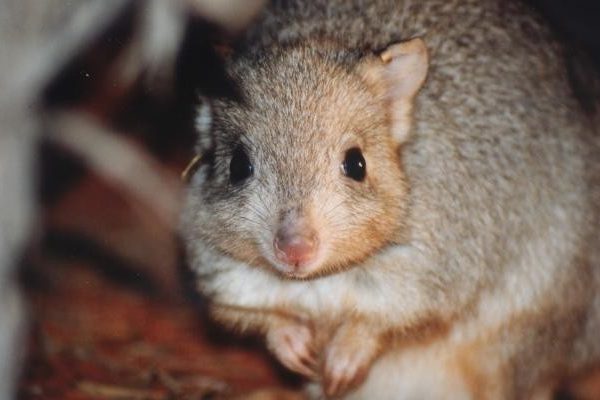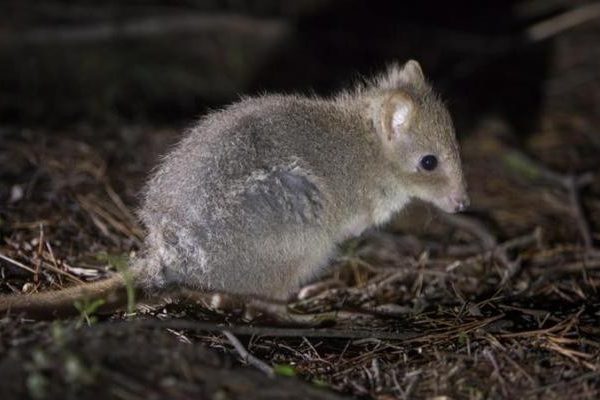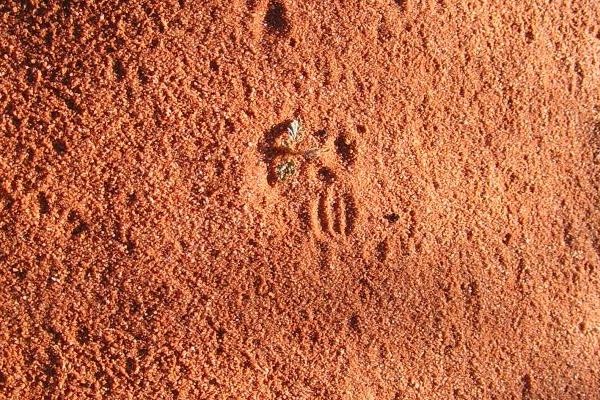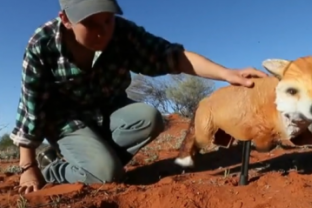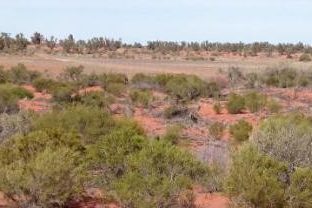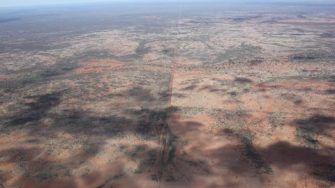
The Centre for Ecosystem Science at UNSW, along with Ecological Horizons, will partner with the NSW Office of Environment and Heritage to reintroduce extinct mammals back into western New South Wales.
This project aims to manage the reintroductions of arid adapted mammals which are listed as “extinct” in NSW into western National Parks. Species to be introduced may include burrowing bettongs, greater bilbies, stick nest rats, golden bandicoots and western quolls. Previous studies indicate that these species were once present in the western regions of NSW and are thus suitably adapted to the arid climate.
Partnership members, Dr Katherine Moseby and Dr John Read, have an experienced track record in reintroducing these species successfully to multiple locations in the arid zone of South Australia including the Arid Recovery Reserve, Venus Bay Conservation Park and Flinders Ranges National Park. Additional partners include Taronga Conservation Society, the Australian Museum and the Centre for Excellence in Environmental Decisions.
The introduction and spread of placental mammals in arid Australia have caused an ecological tragedy. In the last two hundred years, at least 20 species of mammals have become extinct in New South Wales, owing primarily to their vulnerability to predation by introduced predators, the red fox and feral cat, as well as the degradation of their habitat by feral goats and rabbits. This rate of extinction is among the worst in the world and depicts a major environmental crisis unfolding in Australia. The reintroduction of locally extinct mammals represents a historic opportunity to achieve significant and unprecedented outcomes relating to the conservation of Australian mammals through a holistic ecosystem approach. By combining regional reintroductions and invasive mammal population control, this project aims to restore ecosystem function thereby facilitating greater habitat rehabilitation.
Education and visitation
As the Centre of Ecosystem Science is primarily a place of learning and development, this reintroduction project will integrate cultural and scientific understanding at its core to achieve better conservation outcomes. Professional and cultural expertise at Nura Gili Indigenous Programs Unit, UNSW will be drawn on to assist with identifying the Indigenous knowledge resources for selected reintroduction areas. Through collaborating with Nura Gili, the project aims to partner traditional knowledge with scientific research with secondary and tertiary training and educational implications.
Related press
For more information, contact ecosystem@unsw.edu.au.


